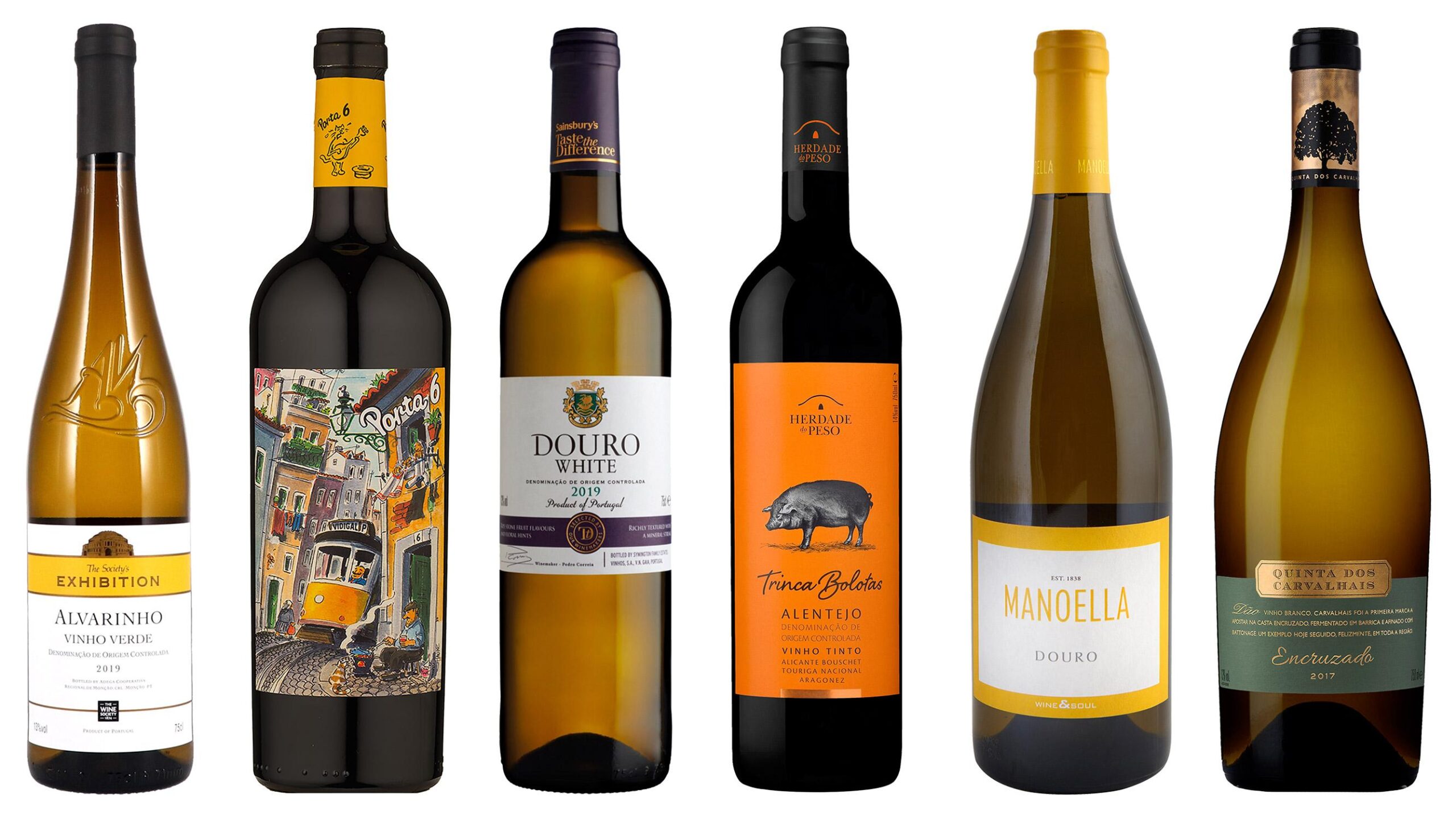When pairing Vinho verde and food, you must always take into account the quality of the wine and the quality of your dish. A complex dish made for special occasions deserves a complex and special wine. On the other hand; simple, everyday dishes match best with simple and easy to drink wines. Putting a simple wine with a special dish would be as unsuccessful as squeezing ketchup on to a Filet Mignon. You must always attempt to match the relative quality of your wine to the quality of your dish. If you are going all out on a meal, with the highest quality ingredients turned into a dish possessing intensity and complexity; you owe it to yourself to find a wine that also fits the bill. If your food comes out of a box, well then, your wine probably should too.
Imagine you are at the dinner table and served a dish of delicately seasoned scallops; along with a peppercorn encrusted, smoked venison chop. As you begin to eat, you take a bite of the scallop, a bite of the chop. A bite of the scallop, a bite of the chop… What will the outcome be? Very quickly, you will no longer taste the scallop. The same thing will happen if you pair a wine to a dish with the same inequality in power. If you pair a Cabernet Sauvignon with those scallops, all you would taste would be the power of the wine. If you pair a soft Riesling with the smoked venison chop, all you get is the smoky meat.
Always take the relative power and weight of a wine and dish into account when making a pairing. The whole point of food and wine pairing is to make both the food and the wine taste better. If you cannot taste one or the other, then you are defeating the purpose.
One of the easiest ways to make a wine and food seem like they have a natural affinity for one another is to use mirroring when you pair. Mirroring involves pairing two similar characteristics together to bring out that shared characteristic. If you have a peppery dish and want to emphasize the spicy pepper flavors, then pick a wine that has peppery characteristics like a Zinfandel. If you have an earthy, mushroom dish; and want to bring out that essence, pick an earthy wine like a Red Burgundy. It is no mistake that a rich, buttery California Chardonnay has a natural affinity for lobster; which is also rich and buttery.
One of the easiest ways to guarantee mirroring in a pairing is to use the wine you are serving as an ingredient in the food as well. It makes pairings seem like they are meant to be together. While fat is what gives a piece of meat a lot of its flavor, it gets in the way of flavor when eating. Practically every dish has a certain amount of fat in it, and when pairing wine, you should always take that fat into consideration. There are two ways to neutralize fat in a dish. Use a wine that has a high tannin content, a high acid content, or both.
Lighter dishes with high levels of fat such as salmon, poultry, cream sauces, and pork; are best paired with wines high in acidity. Think Riesling, Sauvignon Blanc and Pinot Noir. The acid in these wines will act like a knife that cuts through the fattiness in a dish, revealing more of its flavor. At the same time, the fat in the dish neutralizes much of the acidity in the wine, “dulling” the knife and making the wine less tart.
For heavier dishes with high levels of fat, we need heavier wines; and typically, the heavier the wine, the lower the acidity. Therefore, we need a different way to contrast fat. These types of dishes are best paired to wines high in tannins; such as Cabernet Sauvignon or Merlot. The tannins in the wine act like a brick wall that stands up to fat. As tannins settle on the surface of the tongue, they physically block fat. While this is occurring, the fat also helps to lessen the presence of the tannins, so the wine will soften.
Our sense of taste is a very interesting thing, indeed. Flavors on the palate change the perceptions of flavors that follow them in a dramatic fashion, and can make or break a food and wine pairing. One experience with the way flavors work together that everyone can understand is what happens when you brush your teeth and then make the mistake of drinking orange juice. Yuck! The sweetness of the toothpaste actually changes the perception of how we taste the orange juice, effectively stripping it of any sweetness. By understanding how flavors work together, you can feel confidant choosing certain wines for certain foods.
In its simplest terms, salty and sour flavors bring out the positive characteristics and flavors of a food or wine. Bitter, sweet, and savory flavors bring out the negative characteristics and flavors. Chefs understand this, and it explains why almost all sauces are either salty or sour. We season with salt and squeeze lemon on a vast assortment of different foods. There is a reason that they serve salty cheeses at a wine tasting – they are trying to sell wine!


